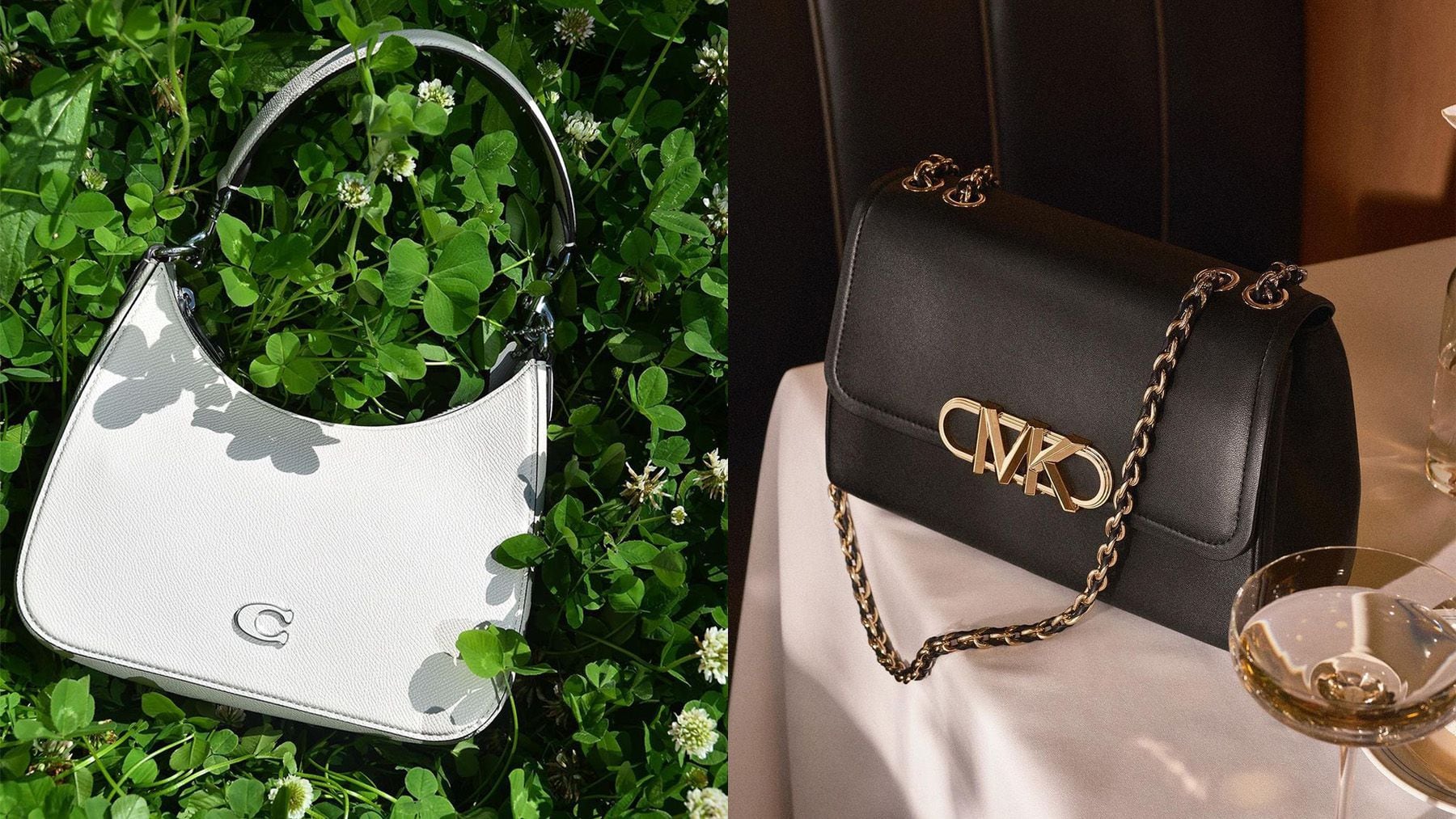
It’s handbags at dawn over Tapestry Inc.’s $8.5 billion takeover bid for rival Capri Holdings Ltd.
The US Federal Trade Commission on Monday filed suit to block the deal, saying that it would raise prices on purses in the so-called affordable, or accessible, luxury market.
But focusing on any narrow definition of the $385 billion global top end goods market ignores the broader luxury landscape. The industry is increasingly polarising between the biggest players, led by LVMH Moet Hennessy Louis Vuitton SE, and pretty much everyone else.
Against this backdrop, smaller rivals must muscle up to compete with the bling behemoths. If they don’t, and are forced to retrench, then consumers face less, not more, choice when it comes to picking their next purse.
The FTC alleges that Tapestry’s Coach and Kate Spade and Capri’s Michael Kors compete head-to-head on price, discounts, promotions and innovation. It also says the market they operate in is distinct from European brands, such as Louis Vuitton and Kering SA’s Gucci.
But anyone who thinks there is no competition in handbags has never shopped for one. Amid the trend for “high-low” dressing, consumers browse the price spectrum, from premium retailers, with Inditex SA’s Zara moving increasingly upmarket, to the European luxury brands. Coach’s Gen Z-favourite, The Tabby, for example, would be a clear alternative to cheaper items in the latter’s ranges. And it is in this more affordable segment where competition could intensify, not lessen.
Growth is slowing in the US and China, prompting brands to reconnect with customers they have priced out. They could do this with smaller items such as Dior mini-bags or simpler ones, such as coated canvas accessories at Louis Vuitton.
They may find other ways to reach this cohort. For example, LVMH has engineered a successful turnaround at Marc Jacobs, which drifted for years. Its logo-heavy Tote bags starting at around $200 pose a direct threat to Tapestry and Capri.
This underlines the might of a handful of increasingly powerful players. Tapestry and Capri aren’t the only independent companies seeking to consolidate. Valentino last year sold a 30 percent stake to Kering, and has since drawn on this connection to recruit former Gucci designer Alessandro Michele.
Bloomberg Intelligence analysts Deborah Aitken and Jennifer Rie point out that the combined group would nudge past LVMH in US luxury leather goods – but only just. Louis Vuitton, a brand commanding over $20 billion of annual sales, has a US leather goods share of over 20 percent, they estimate.
Tapestry and Capri have been trying to become the US’s answer to LVMH for the past eight years, but have still trailed its explosive growth. Tapestry has revitalised its flagship Coach brand, with effective advertising campaigns, high-profile ambassadors such as Jennifer Lopez and hit products, such as the Tabby.
But Capri has yet to pull off the same feat at Michael Kors. It would benefit from Tapestry’s know-how, but also the greater financial firepower of the enlarged group. Indeed, both companies could draw on their scale to invest in marketing, stores and talent.
Many investors are betting that the deal won’t go ahead. Shares in Capri trade at about $19 below the $57 offer price, the widest level since the deal was announced in August.
Were this to happen, both companies would face battling big bling alone. Tapestry would be in the stronger position. Capri looks more challenged. If it were forced to overhaul its business, for example, closing stores or narrowing its product range, consumers would have fewer options.
There is a precedent here in JetBlue Airways Corp.’s failed $3.8 billion acquisition of Spirit Airlines Inc. They couldn’t convince a federal judge that they needed to combine to challenge larger rivals, calling off the deal. Both have since struggled, with JetBlue recently eliminating some routes.
The FTC could make an example of Tapestry and Capri to show that it’s defending choice. But given the Gorilla in Cashmere across the pond, pricey purses are the wrong target.
By Andrea Felsted

